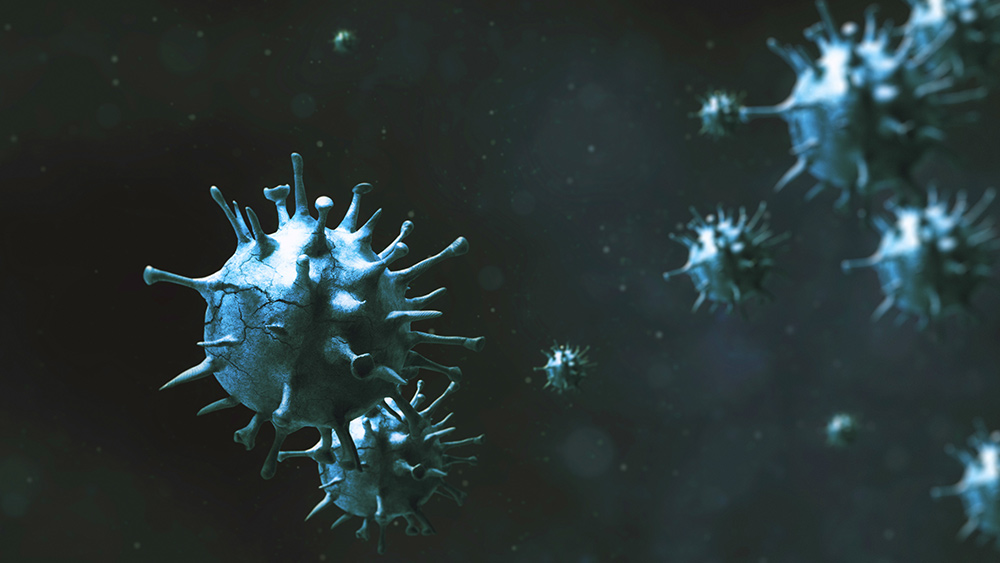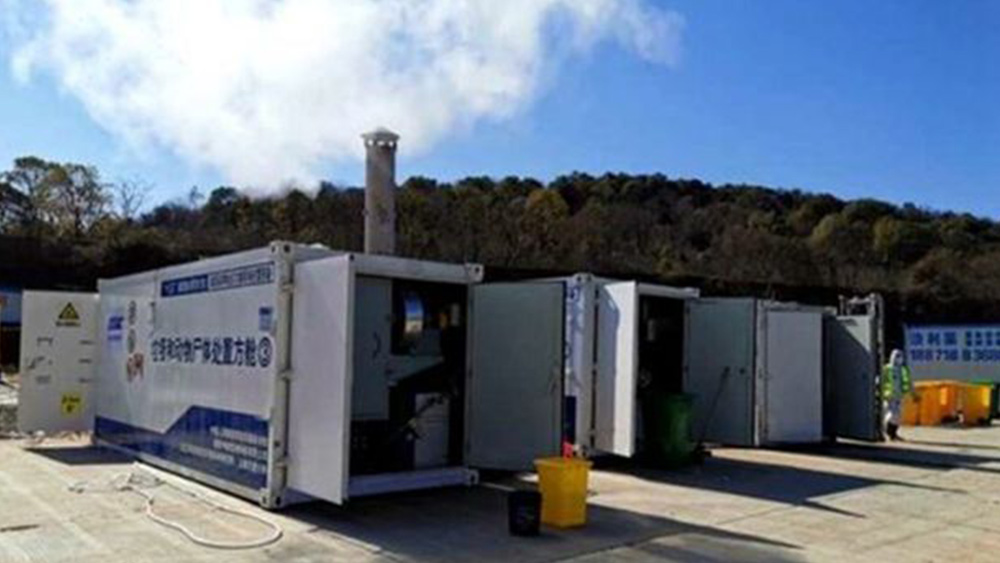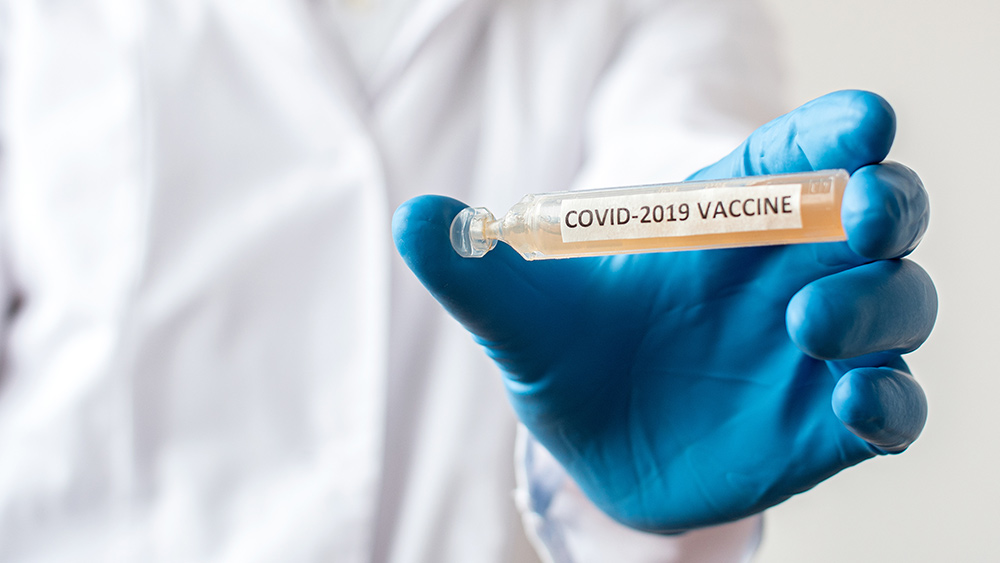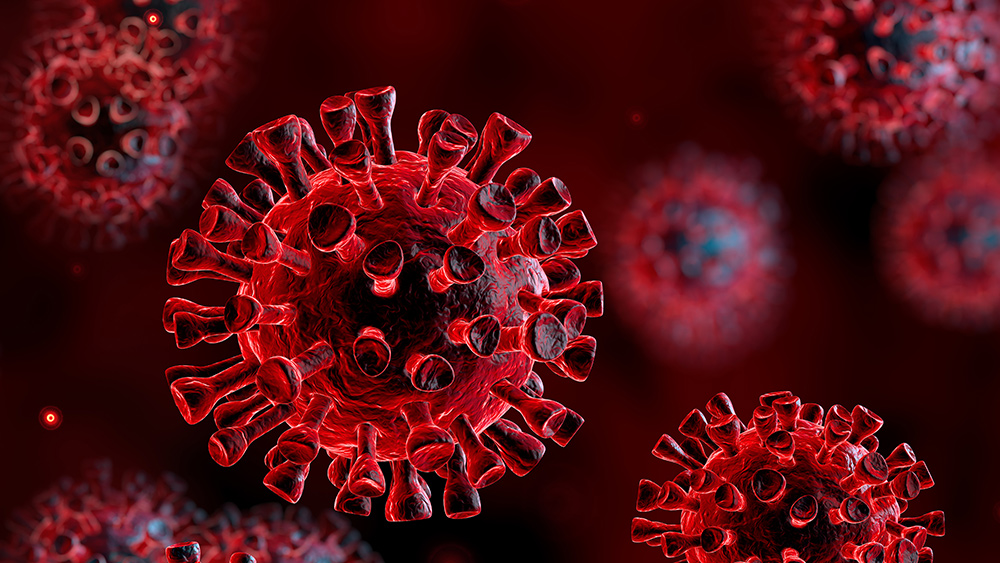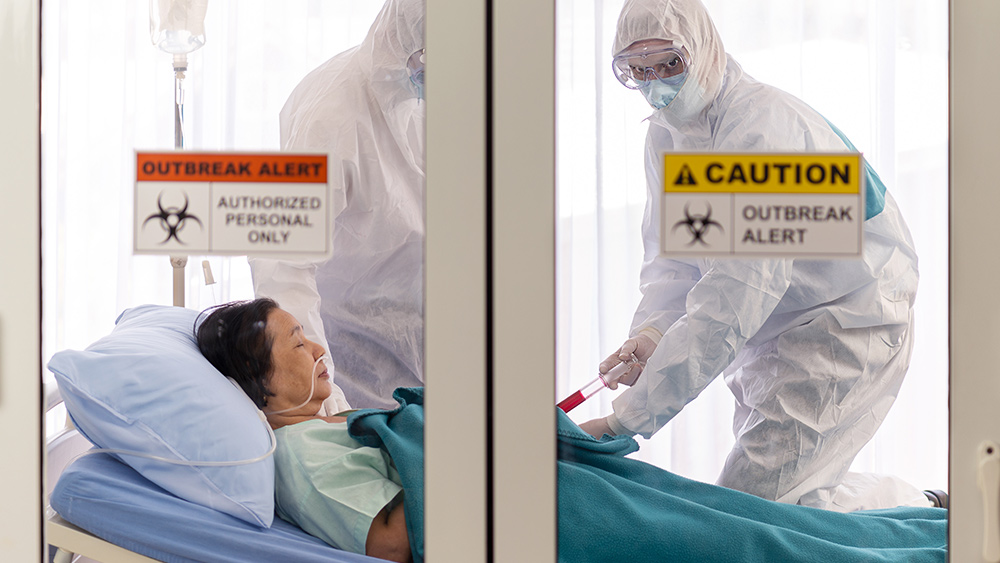Behold the Cytophone: Researchers unveil a new kind of laser that can find and ZAP cancer cells
03/07/2020 / By Franz Walker
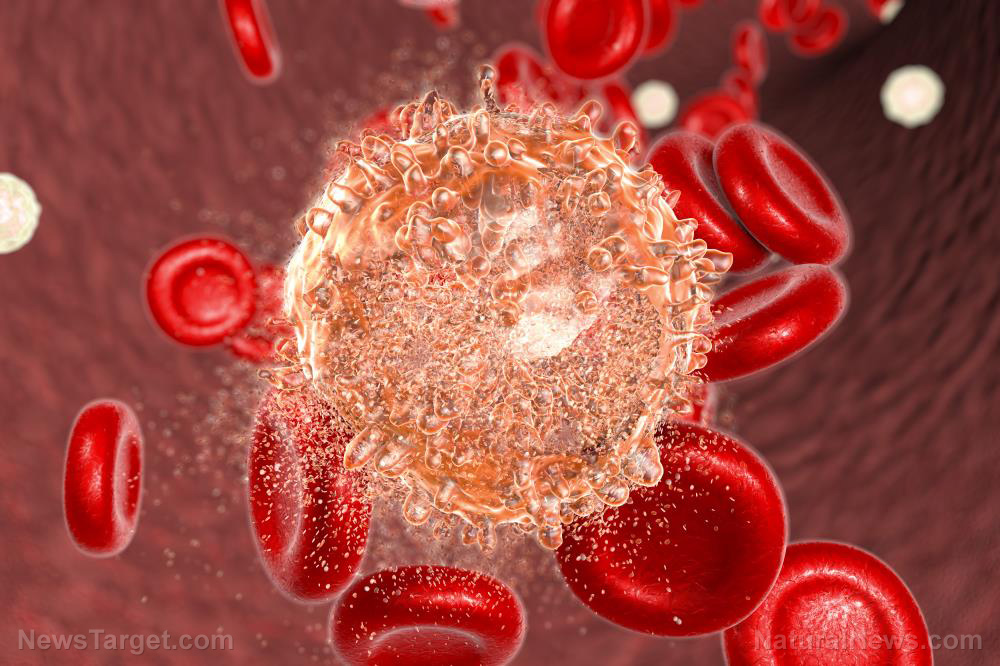
In the fight against cancer, it seems that scientists are now looking toward science fiction for inspiration. A group of scientists at the University of Arkansas for Medical Sciences developed a method that uses a laser to scan for and zap cancer cells in the blood.
To test for cancer spread, patients usually have to undergo blood tests to check for cancer cells. However, these tests can often fail to find cancer cells, especially if the patient has an early form of cancer. When the tests do come back as positive, this usually means that there’s already a high concentration of circulating cancer cells in the blood, indicating that the cancer has already spread to other organs. At this stage, it may be too late to effectively treat the cancer.
The new laser technology however, not only finds the cancer earlier than a blood test does, but it does so in a non-invasive manner. This way, health care professionals can kill off the cancer cells before they’re able to metastasize, or spread, throughout the body. The latter is the primary cause of cancer-related deaths.
Zapping skin cancer cells with lasers
The device, called a Cytophone, uses pulses of laser light on the outside of the skin to heat up skin cancer cells in the blood. The laser heats up melanoma cells faster than healthy cells as the former carry the dark pigment melanin, which absorbs light. As a byproduct of the heating effect, the melanoma cells produce tiny sound waves. Using these, the Cytophone then uses an ultrasound to detect these cells.
The Cytophone’s laser doesn’t use much energy to produce the heating effect. Combined with the fact that the laser light exposes a relatively large area and isn’t focused enough, it doesn’t harm any health cells.
More surprisingly however, the low amount of energy is enough to kill the cancer cells even though the team was only originally working on detecting them. The researchers found that as the melanin in the melanoma cells absorbed the heat, the water inside the cells evaporated. This produced a bubble that first expanded in side the cell, then collapsed, destroying it in the process.
With this discovery, Zharov and his team have now shifted their goal toward developing the Cytophone as a method of directly fighting cancer. “Our goal is by killing these cells, we can help prevent the spreading of metastatic cancer,” stated Zharov.
The future of lasers in cancer treatment
The development of the Cytophone and its cancer-zapping laser presents cancer patients with a new method of fighting the disease — one that doesn’t come with the drawbacks of treatments such as chemotherapy and radiotherapy. Patients undergoing these treatments often experience hair loss, fatigue, anemia and other negative side effects. (Related: Celebrities are beating cancer and avoiding opioids for pain relief by turning to cannabis instead.)
However, Zharov’s team still has some work to do before the Cytophone can be used to start zapping cancer on a large scale. For one, the device still needs to be tested on patients with darker skin. These patients would have higher levels of melanin in their cells, which could interfere with the Cytophone’s detection process.
More importantly, the Cytophone has only currently been developed to work against melanoma cells. As other types of cancer cells don’t contain any melanin, the researchers would first need to inject patients with specific markers that would bind to these cancer cells, so they can be targeted by the laser. So far, the team has been able to test this technique on human breast cancer cells in the lab. Moving forward, Zharov and his team hope to be expand to test the Cytophone’s effectiveness against other types of cancer cells in the future.
Sources include:
Tagged Under: breast cancer, cancer cures, cancer industry, cancer treatments, Cytophone, goodtech, Laser, medical tech, medical technology, melanoma, prevention, research, skin cancer







